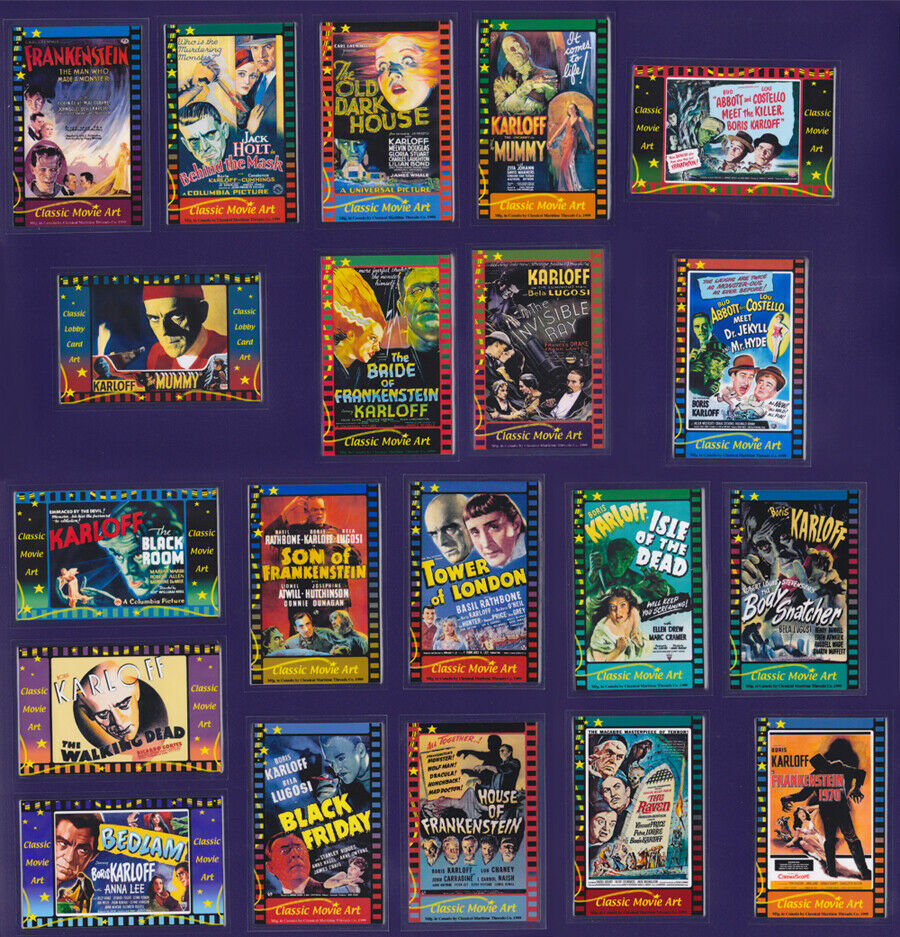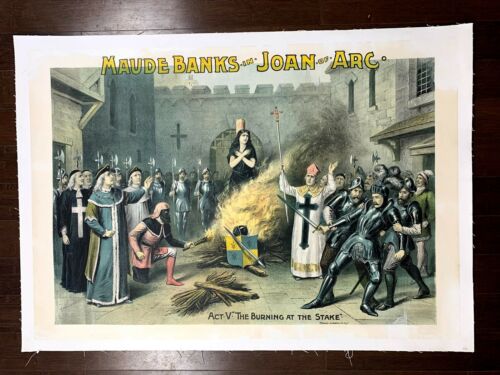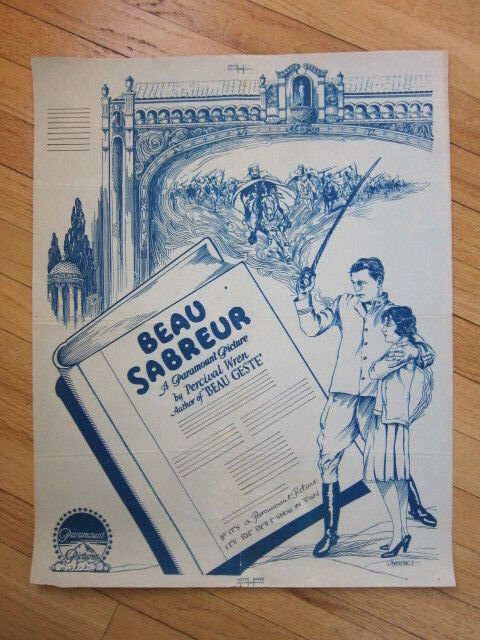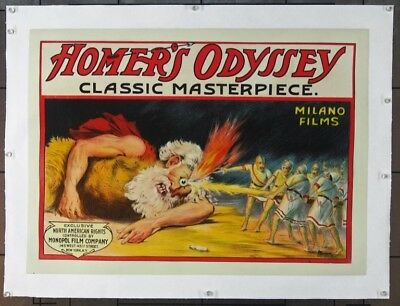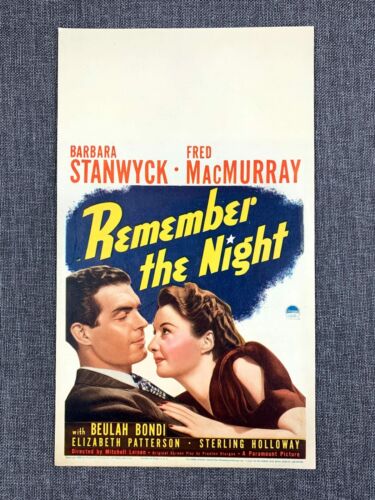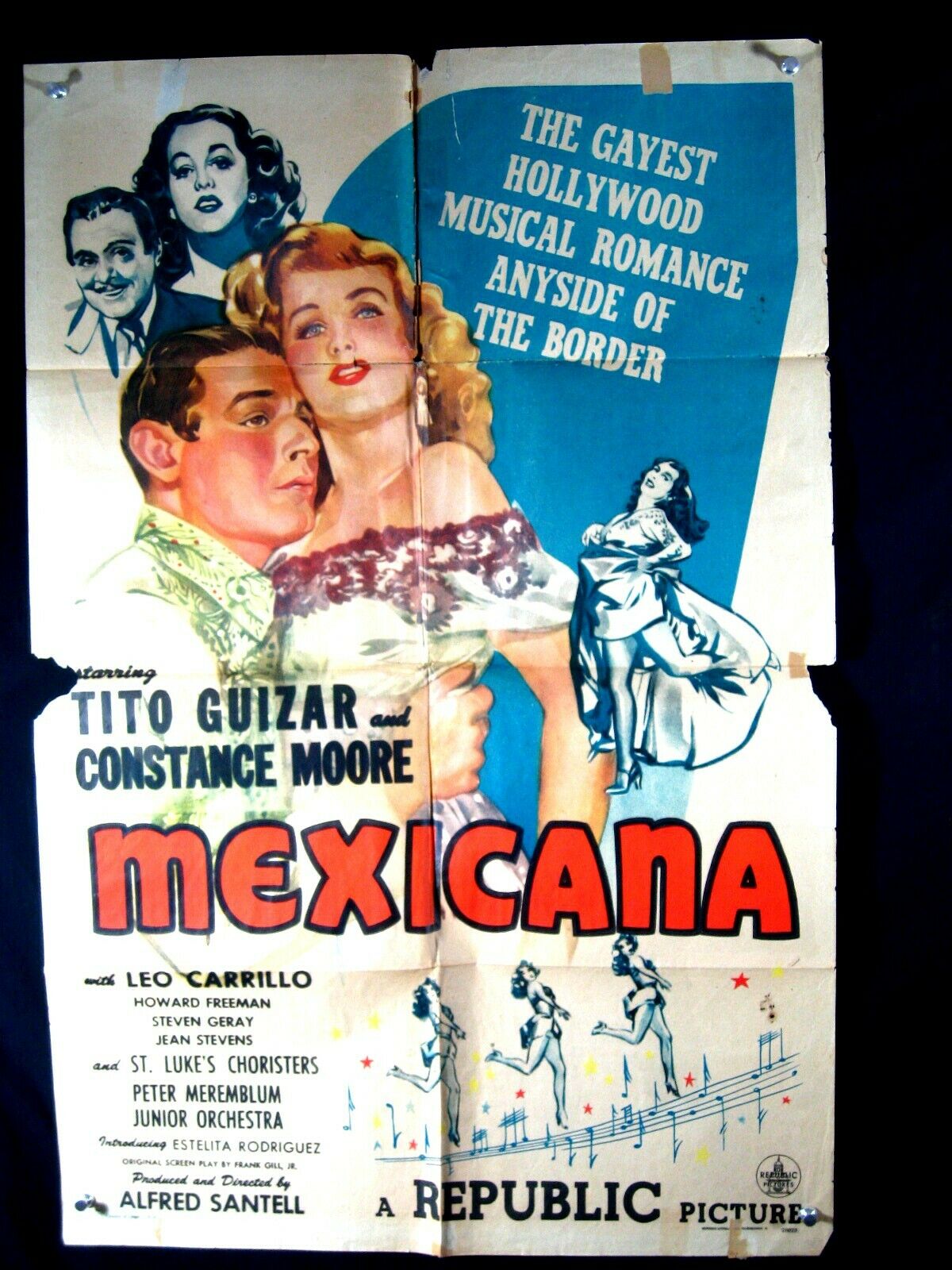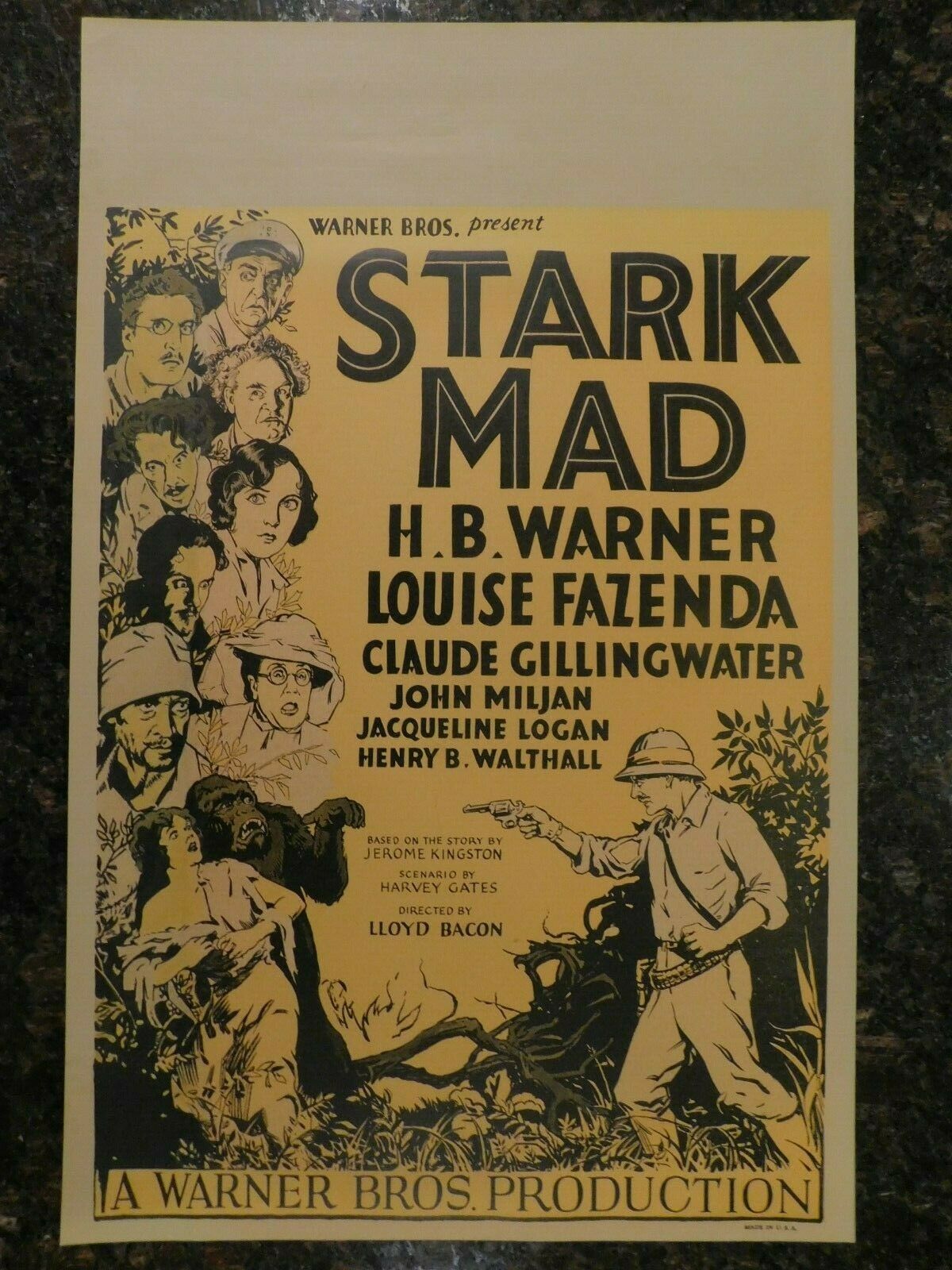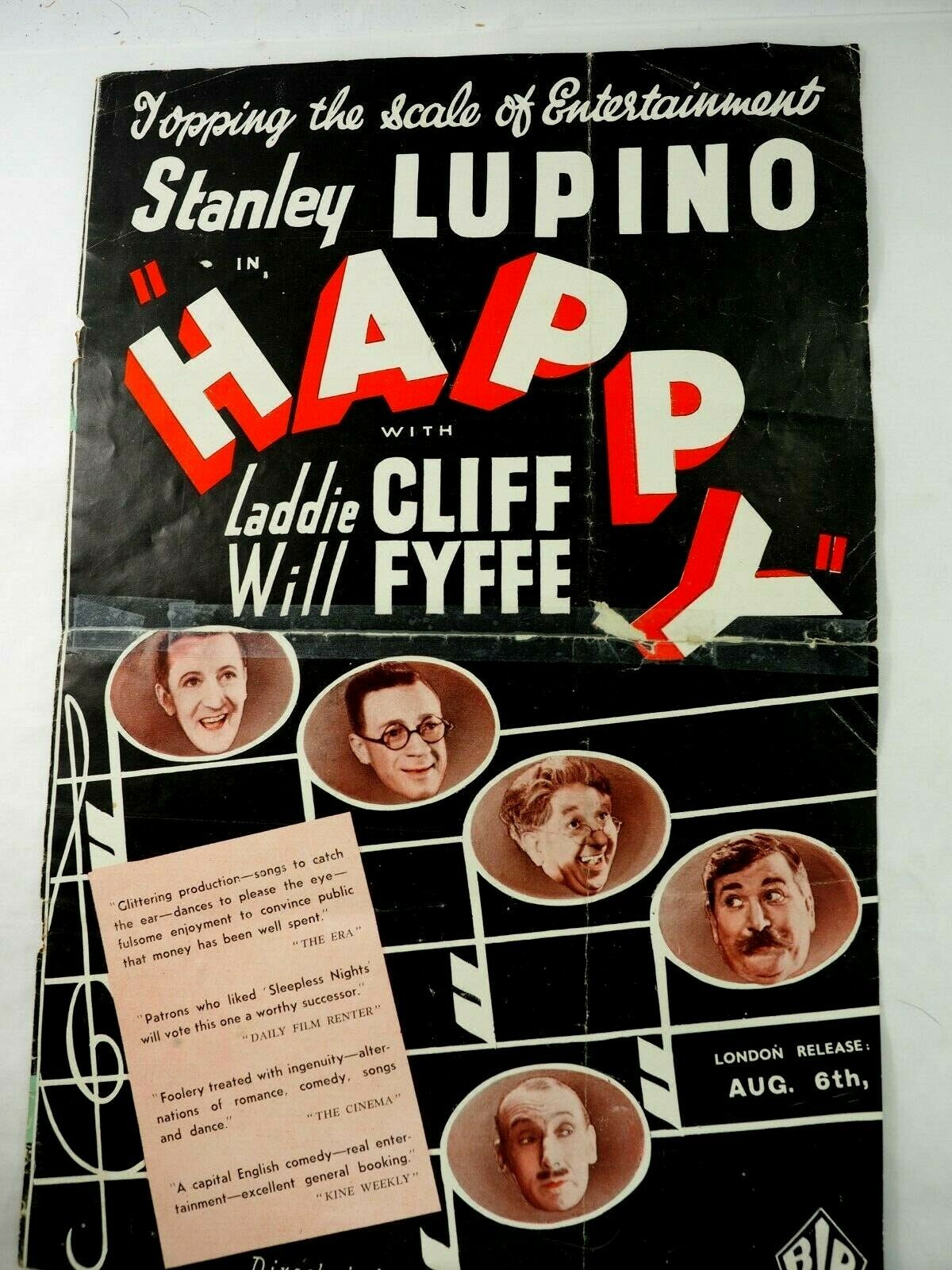-40%
THE CLAW (1918) Clara Kimball Young & Milton Sills African-Set LOST SILENT FILM
$ 316.8
- Description
- Size Guide
Description
This is a vintage original 27.75 x 41 in. US one-sheet poster from the African-set teens silent film drama,THE CLAW
, released in 1918 by Select Pictures Corporation and
directed by Robert G. Vignola
. Based upon the 1911 novel by Cynthia Stockley and set in the African veldt, Mary Saurin (Clara Kimball Young) visits her brother, Richard (Henry Woodward), a British commissioner in the South African veldt, and soon becomes engaged to Major Anthony Kinsella (Milton Sills). When the natives revolt, Kinsella's troops all are killed and he is captured, but Maurice Stair (Jack Holt) returns with the news that it was Kinsella's dying wish that Mary wed Maurice. She does so, but soon learns that Maurice fled the battle in fear and that Kinsella is still alive. Deeply remorseful, Maurice rescues Kinsella, but is killed in the process, leaving Mary free to marry Kinsella.
Printed by the J.H. Tooker Print & Litho Co. of New York,
this one-sheet is a stone lithograph
, which produces rich, vibrant colors and very fine detail. The artwork depicts an exterior shot of Mary Saurin (
Clara Kimball Young
) on horseback in the African veldt as she receives a tender kiss on her hand from Major Anthony Kinsella (
Milton Sills
) amidst thatched-roof huts and green vegetations. This one-sheet has been professionally linen-backed and is in fine+ condition with minimal restoration. The bottom panel beneath the horizontal foldline had separated from the poster and was corrected during the linen-backing process. There are areas of light restoration along various portions of the foldlines and within Miss Kimball's name; three areas of light water stains in the top border that were left as-is. The rich color tints are fresh and vibrant without any signs of fading and this one-sheet features a beautiful, deep shade of red.
This one-sheet poster has never been offered for sale by either of the two major auction houses/companies.
Included for illustrative purposes only is a scene still from this film from which this one-sheet was designed (the actual photograph is
not
included with lot).
Universal Pictures produced a film based on the same source in 1927. It was directed by Sidney Olcott and starred Norman Kerry and Claire Windsor.
Clara Kimball Young
(born Edith Matilda Clara Kimball; September 6, 1890 – October 15, 1960) was an American film actress who was highly regarded and publicly popular in the early silent film era. In the new medium of motion pictures, and without much screen competition, Young's star at the Vitagraph Company of America rose quickly. Young was predominantly cast in one- and two-reel films as the virtuous heroine. By 1913, she had become one of the more popular leading ladies at Vitagraph and placed at number 17 in a poll of public popularity. Unfortunately, many of Young's films from her early period with Vitagraph are now lost. In 1914, Vitagraph released the drama,
My Official Wife
,
which starred Young as a Russian revolutionary and was directed by her husband, James Young, and co-starred the popular leading man, Earle Williams
. The film, which is now lost, was an enormous success and launched Young and Earle Williams into first place in the popularity polls. Young immediately was signed to a contract with pioneering mogul, Lewis J. Selznick
.
After a string of successful roles, Young was established as one of the chief attractions of World Film Corporation and her husband was now a much sought-after director. By 1915, Young's popularity was equivalent to that of Mary Pickford, Dorothy and Lillian Gish, Pearl White, Edna Purviance, and Mabel Normand.
She became involved in a much publicized affair with Selznick, culminating in a 1916 divorce suit accusing her of alienation of affection. James Young finally obtained a final decree on April 8, 1919 on grounds of desertion.
Selznick quickly formed the Clara Kimball Young Film Corporation, installing himself as president, and formed Selznick Productions to distribute her films and those of some other independent producers. After only four films with Selznick, however, the personal and business relationship began to sour, and Young struggled to extricate herself from all business arrangements with Selznick, accusing him of defrauding her of her profits through a series of dummy corporations and by electing himself president of her company while not permitting her any input in her business affairs.
In 1917, Young became involved in an affair with Harry Garson, with whom she then teamed in a business venture. Garson had little experience in the motion picture business, and as a result, Young's career began to sputter. Although she remained a popular actress into the early 1920's, Young suffered at the inexperience and alleged mismanagement and apathy of Garson.
In her 1921 diary, Young wrote: "It will be wonderful to get out of debt and finish these three pictures for equity. I feel as though I had my head on a block and was waiting for the axe to descend at any moment."
She began suffering a series of press attacks for her business dealings and personal relationship with Garson. By 1925, her stardom began to fade, and she made her last silent film Lying Wives. Young spent the remainder of the 1920's performing in vaudeville, and in 1928, quietly married Dr. Arthur Fauman. The advent of sound briefly revived her career, and she appeared in several featured roles for RKO Radio Pictures and Tiffany Studios with only modest success, appearing only in bit parts including a Three Stooges short (
Ants in the Pantry
(1936)) and extra roles in mostly lower-budget pictures and having a stint on radio. One of her bigger roles was in the murder mystery,
The Rogue's Tavern
(1936), where she plays a sweet but fussy motherly woman who is hiding a very big secret.
She retired from acting in 1941.











